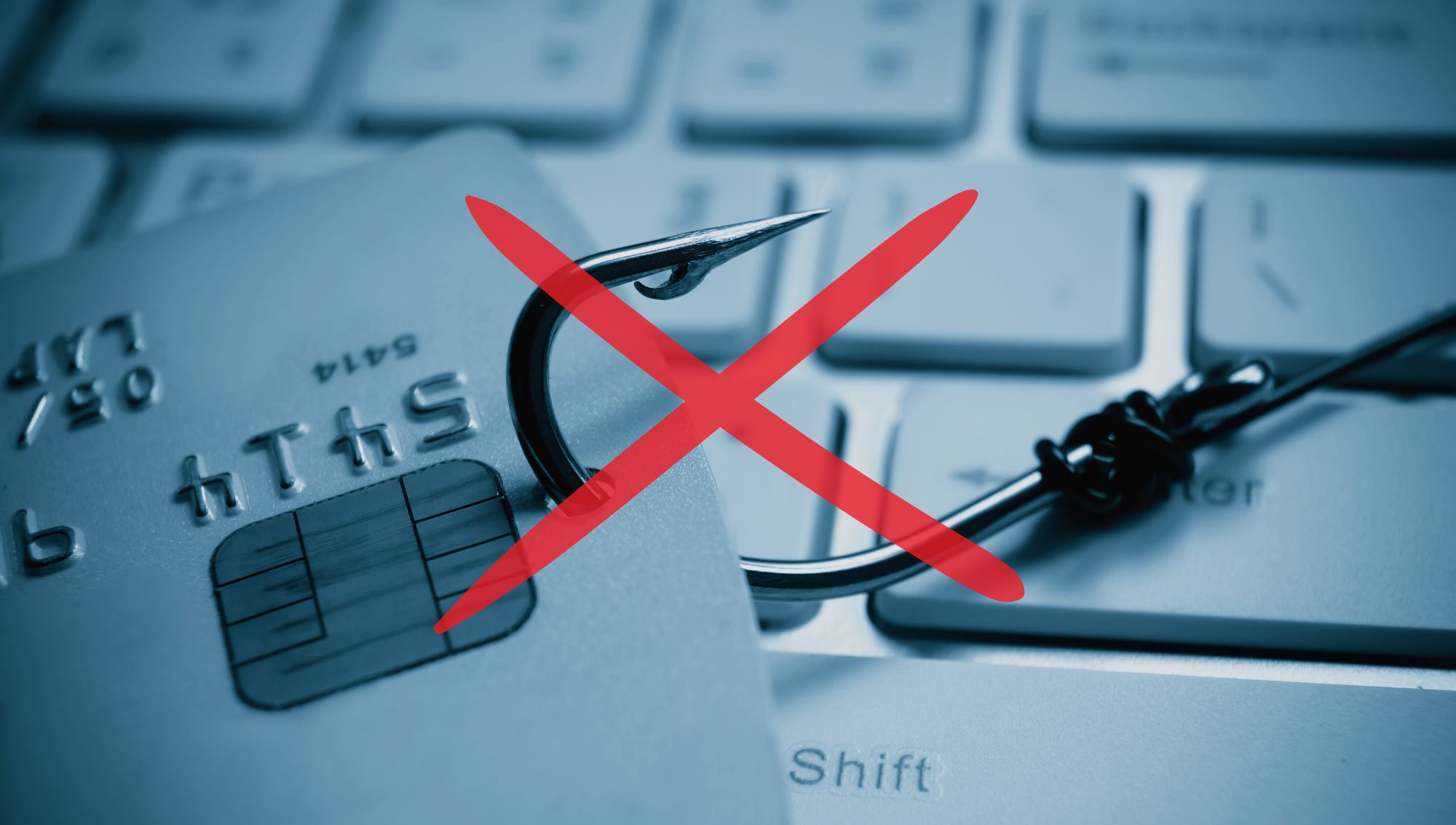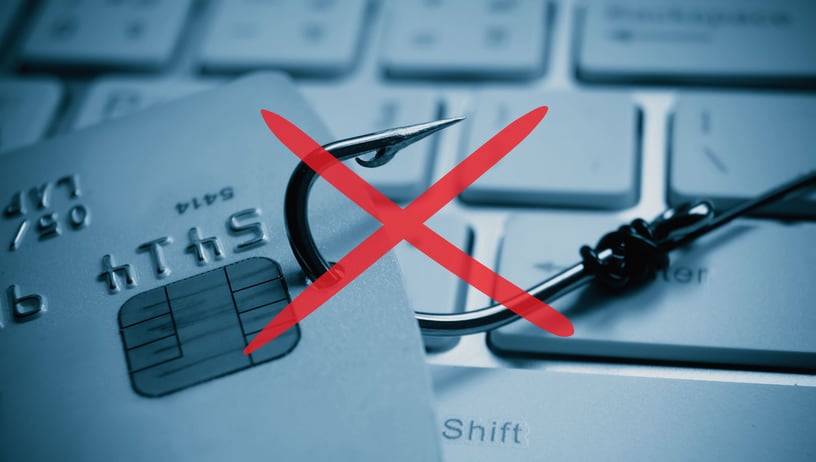
DNSSEC: Are you familiar with domain security?
You're probably already familiar with various methods to help you avoid everything from phishing and hacking to spoofing and other potential online dangers. Therefore, you've likely set up SPF, DKIM, and DMARC (you should, at least).
But what about DNSSEC?
It's not a requirement yet, but soon, DNSSEC will be among the setups you MUST have in place to secure your domain name.
DNSSEC is a kind of online security system designed to make it more difficult for hackers to tamper with the information in your Domain Name System (DNS). DNS is the system that translates human-readable domain names, such as 'www.mcb.dk' into IP addresses that computers understand.
DNSSEC is created to protect against hackers attempting to manipulate the system and take control of your domain name, which can have catastrophic consequences. If you don't activate DNSSEC on your domain name, visitors attempting to make a purchase on your website may be deceived. This could happen without you noticing. Hackers create a malicious copy of your actual website, and visitors might 'buy your products' on this fraudulent version, losing their money without receiving the actual goods. Simultaneously, they've provided their credit card information to cybercriminals. And this is just one of many scenarios your visitors might face.
When DNSSEC is enabled, you can be sure that such incidents won't occur!
The security system ensures that the websites visited are indeed the legitimate ones. It helps strengthen security and authentication, thereby enhancing overall trust that visitors are landing on the correct websites.
What is DNSSEC?
DNSSEC stands for 'Domain Name System Security Extensions,' and it is a security measure designed to protect your domain name from potential attacks. As a website owner, there is always a risk that hackers will attempt to attack your site, such as through phishing attacks and fake redirections. Therefore, it is important to enable DNSSEC on your domain name.
Fortunately, activating DNSSEC is a relatively straightforward process, and we are happy to assist you with it.
You can do it yourself by contacting your provider—typically where you registered your domain name—and asking them to guide you through the process. Alternatively, we can make it even easier for you. You can contact our customer service at phone number +4570124816 or email address shop@mcb.dk, and we will ensure that DNSSEC is activated on your domain name.
Why should you activate DNSSEC on your domain name?
Failure to activate DNSSEC on your domain name exposes you to a variety of serious security risks that can ultimately lead to a significant loss of trust in your business. When there is a risk that visitors might land on a fake version of your website, they can be deceived into providing crucial information, including credit card details.
But what do cybercriminals use the stolen information for? They can have various nefarious purposes. Once your credit card information is stolen, it opens up a world of possibilities for hackers. They can, for example, sell your information to third parties, continuing a chain of criminal activities while profiting from it, or they can simply attempt to withdraw money from your accounts.
How does DNSSEC work?
When your computer attempts to visit a website, it sends a series of queries to different name servers to determine the site's location (IP address). Without some of the security mechanisms provided by DNSSEC, these queries can be manipulated by hackers who have created a fake version of the desired website. They can redirect all online traffic to the fraudulent site.
By activating DNSSEC on your domain name, you prevent this type of fraud, making it impossible for hackers to manipulate web traffic. This ensures that your visitors land on the correct site, where they can safely browse and purchase your products.
It's a small step to take, but a vital one. Not only does it protect your business and users, but it also contributes to maintaining a good reputation.







